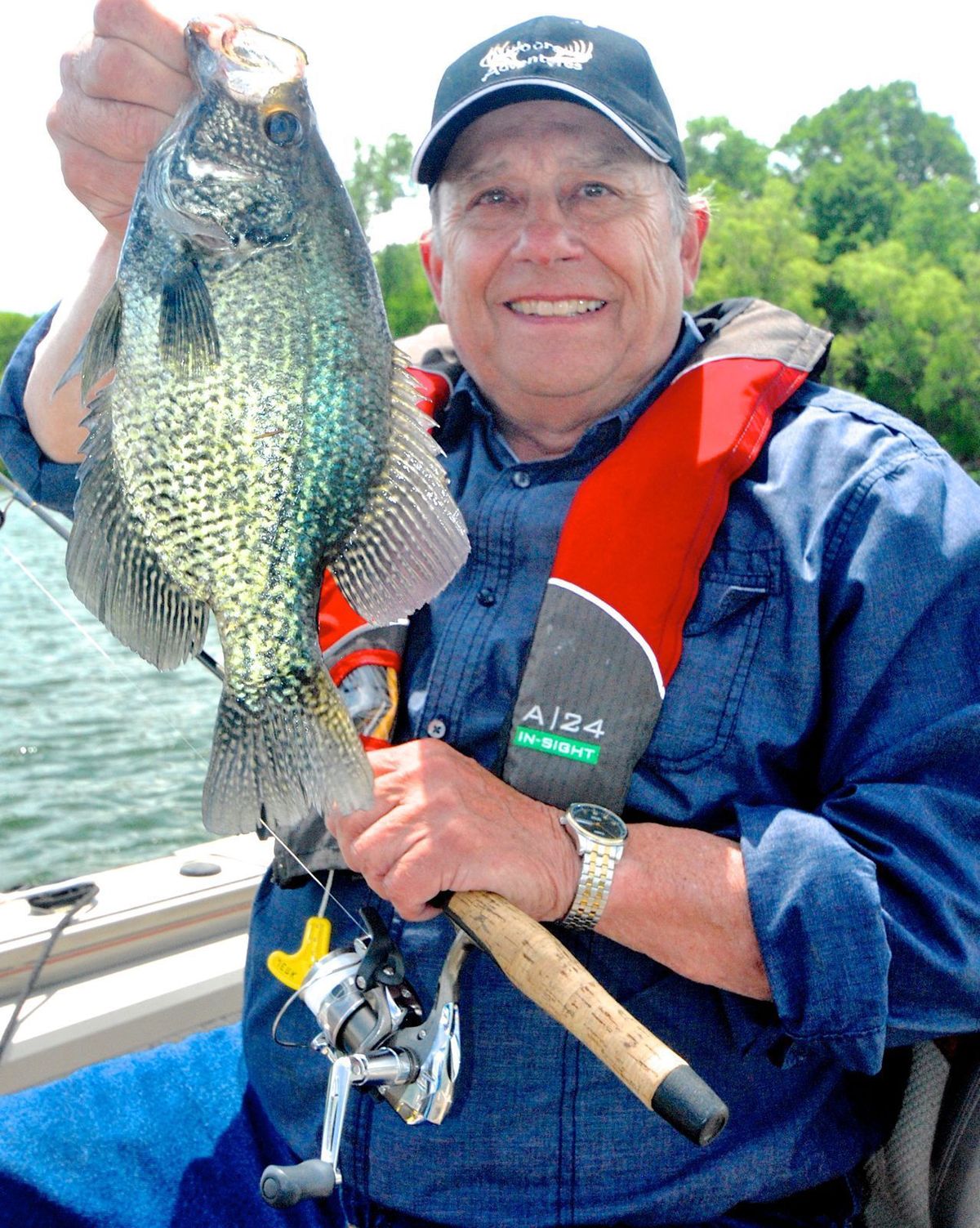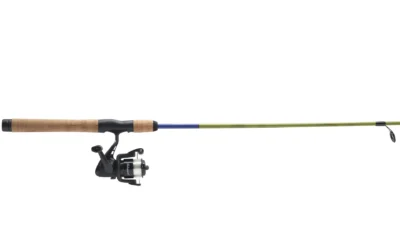It’s said that a definition of a fisherman is a jerk on one end of a line waiting for a jerk on the other end.
You know there’s some truth to that statement! If you don’t jerk or set the hook properly, you’re going to do a whole lot of jerking, not much catching and then feel like a jerk when you miss the fish.
It’s happened to all of us, you feel a tug or a little extra weight on the end of your line and you instantly jerk back, which at times works out well!
There can be quite a bit of difference when and how to set the hook and a lot of it depends on what you’re fishing for, what action rod you’re using and what type line you have on your reel.
Let’s look at it from the fish’s point of view? The fish is just lying on or near the bottom when along comes a tasty looking morsel, in this case a jig with a minnow. He glides up to it, looks it over, decides it’s just what he’s looking for, flares his gills, sucking the bait in only to have it jerked out of the side of his mouth.
What’s wrong with this picture? Well to begin with the best place to hook a fish is in the top of the fish’s mouth, the boney part of its mouth, not in the side where there‘s very little bone and a whole lot of soft skin.
So when you set the hook it’s best to pull straight up, because you have a better chance that your hook will penetrate the top of the mouth. If you pull to the side, you’re more apt to pull the hook away from the fish or hook him in the soft tissue in the side of the mouth where it can easily pull out.
If you’re using a live bait rig or jig and feel a fish pick up your bait, your best bet for a good hook set is to reel up the slack line eliminating any bow in your line. Once you feel the weight of the fish on your line bring the rod tip straight up not side ways, forcing the hook into the top of the fish’s mouth.

The way you set the hook is extremely important with crappies as their mouth is paper thin on the side and a hook set to the side may result in the hook tearing through the side of the mouth.
By reeling up the slack line, you’re removing the bow in your line, shortening the distance between the end of your rod and the hook, allowing you to drive your hook home with less effort.
This is especially important if you’re using monofilament line because mono has a tremendous amount of stretch. In order to set the hook using mono, not only do you have to use enough force to penetrate the hard, bony top of the fish’s mouth, you also have to pull hard enough to make up for the stretch in the line.
If you’re using one of the super lines like Fireline and Spider Wire, it’s a completely different story.
To get the inside scoop on these super lines and how to fish them different, I contacted Berkley, the manufacturers of both Fireline and Spider Wire.
According to the folks at Berkley, “you’re going to have to fish super lines differently than you will mono since super lines have no stretch.
If you fish Fireline or Spider Wire the same way you fish mono, you’re going to end up pulling the bait away from or tear it out of the fish’s mouth.”
For walleye fishing, they recommend a rod with a fast, limber tip as this takes the place of the stretch in the mono, giving you a little give when you set the hook.
When fishing for Bass, Pike and Muskie, you’re going to want to go to a moderate action rod which not only gives you a little give when you set the hook into these hard hitting, hard charging fish. The heavier rod will have enough backbone to drive the hook home and be able to bring them to the boat.
This is especially true in current as you need to be quick with your hook set, but not so quick that you rip the bait from the fish.”
If you’re fishing super lines in shallow water, it’s a good idea to go with a Medium Light rod. In medium depths a Medium rods will work well and when you’re fishing water deeper than 25”, he’d recommend using a Medium Heavy rod.
With super lines, you let the rod set the hook and that’s why a quicker tip rod works well.
The main thing you need to remember to become a more consistent catcher and not a jerker is to make sure that you reel up all the slack line once you feel a bite, that bring your rod tip straight up, driving the hook into the top of the fish’s mouth.
If you set your hook to the side, more times than not, you’ll pull the bait away from the fish or tear the hook through the soft tissue on the side of the fish’s mouth.
By keeping a tight line, you’re going to detect more bites and by setting the hook by bringing your rod straight up, you won’t believe how much your fish hooking ability will improve.




0 Comments